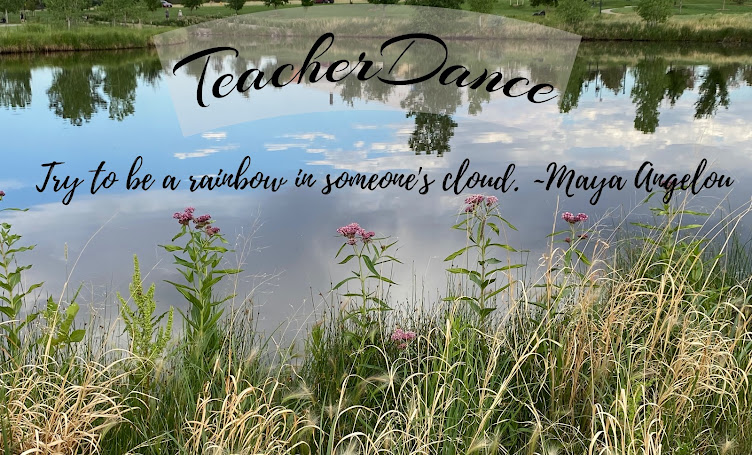The story begins with Ami (what Amalia was called) believing she would probably become a teacher like her grandmother or mother. On vacation, she spied some dancers performing in a town square and fell in love. Her father consented to private dance lessons, and the story turns to Ami studying ballet with two superb teachers. Next, she discovered modern dance and studied again with a master teacher, began to create some of the dances for performance. The journey continues on and on with Ami creating, observing, learning. El Ballet Folklórico de México company is her creation. In one part of her life, she noticed there were differences in the folk dances in different parts of the country, thus this new path of traveling all over Mexico to observe and learn, to create performances based on these. It isn't the only way Ami and her company created, but it was the beginning. The astounding history of this dance group is told briefly, includes being known all over the world. They've won many awards and often those of us who have seen Latino dance performances will be seeing one of the creations of Amalia Hernández. Tonatiuh has added a detailed author's note, a glossary explaining the numerous Mexican names and phrases and a bibliography. One nice surprise hidden by my library copy cover is a double-page spread with cover and back of dancers dancing across a world map with famous buildings like the Eiffel Tower in the background. It's lovely and exciting to see!
In this new book, Jess Keating offers the research about sixteen animals, all capable of causing injury or death through the defenses they have evolved in order to survive. These include all kinds, from scorpions to bats, from frogs to honey badgers, all photographed, each one fascinating. Each double-page spread has a different color background with an introductory paragraph, a splash of added information and a factual column with the scientific name, diet, locale, etc. Jess’s wording in each part is clever, enticing readers to read on, like “Don’t play dress-up with the Assassin Bug,” which refers to an action for defense by this same bug. Another example is a title on the Portuguese Man-of-War page. This creature has the ability to raise a “sail” and float away from enemies, so one title is “Hey, Sailor!”
David DeGrand adds his talents in illustration through humorous cartoons that reflect the text. The book is fascinating and attractive, showing the danger of these creatures, but also the sometimes-helpful role they play in their ecosystems. One added surprise is that there is a seventeenth “monster” added, with the same format. It is a human, demonstrating well that humans pose dangers to themselves and other life, too. At the back is a fun page discussing some of the traits noticed that famous monsters also have. There is also a page that questions why one might be fearful of certain creatures, and when those are answered, perhaps you may be less so. Also, there is a helpful glossary.



Can't wait to read both of these!
ReplyDeleteI hope you enjoy them, Annette!
DeleteThere were great enjoyable and informative books!
ReplyDeleteWell, you can see I agree, Earl. It's surprising how much history is omitted in school that would be exciting to learn about for everyone!
DeleteLoved loved these books! I think it's so wonderful to find a book that makes you gasp and immediately show everyone around you what you are reading and that is what Jess Keating's books do for me!
ReplyDelete